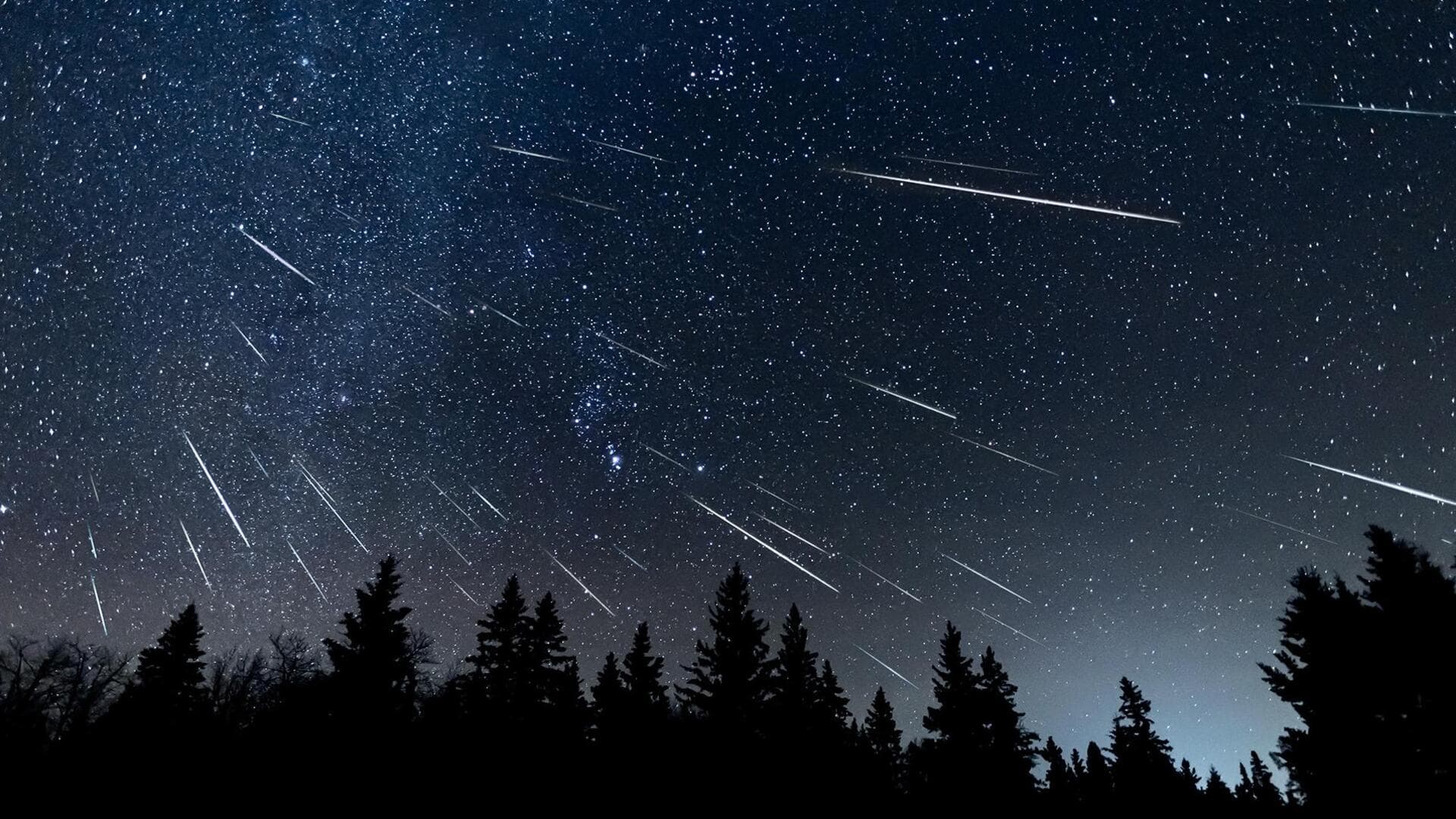
Taurid meteor shower in November: When and how to watch
What's the story
The Taurid meteor shower, recognized for its slow-moving meteors, is anticipated to reach its peak in November. This meteor shower consists of two streams, the Southern Taurids, which are expected to peak on November 5, and the Northern Taurids which will likely peak on November 12, per NASA. They can be observed from nearly any location on Earth, excluding the South Pole, according to space.com.
Facts
Why are there two streams of the meteor shower?
The Taurid meteor shower occurs due to debris from comet 2P/Encke as it travels through our solar system. The debris trail from Encke is so vast and dispersed that Earth takes an extended period to pass through it, resulting in two distinct segments of the shower: Northern Taurids and Southern Taurids. Comet Encke, discovered in 1786, has the shortest orbital period of any known comet within our solar system, completing its orbit around the sun in just 3.3 years.
Details
Larger meteors and slower speeds set Taurids apart
Taurid meteors are generally larger than most other meteors, allowing them to last longer in Earth's atmosphere. NASA reports that Orionids usually disintegrate at heights around 93km, while Taurids can reach as low as 66km. They also move at a relatively slow pace, crossing the sky at approximately 27km/s. In contrast, the Perseids, known for their speed and brightness, travel through the sky at a speed of 59km/s.
Insights
Expected meteor count during Northern Taurids peak
Per NASA, under ideal conditions, around five meteors per hour will be visible on November 12 with the Northern Taurids while about 10 meteors can be seen hourly during the Southern Taurids peak. Of course, Taurids pale in comparison to other meteor showers, like the Perseids, during which up to 100 meteor showers can be seen. However, "Taurid meteors tend to be brighter and slower moving than most other showers, making them easier to see," mentions NASA.
What Next?
Where and how to watch the Taurid meteor shower
The point from which the Taurid meteors appear to originate is the Taurus constellation. However, while viewing don't concentrate solely on the Taurus constellation as meteors can be spotted throughout the night sky. Also, meteors closer to the radiant have shorter tails and are more difficult to spot. To make the most of your meteor shower experience, head to the darkest possible location and give your eyes about 30 minutes to adjust to the darkness.